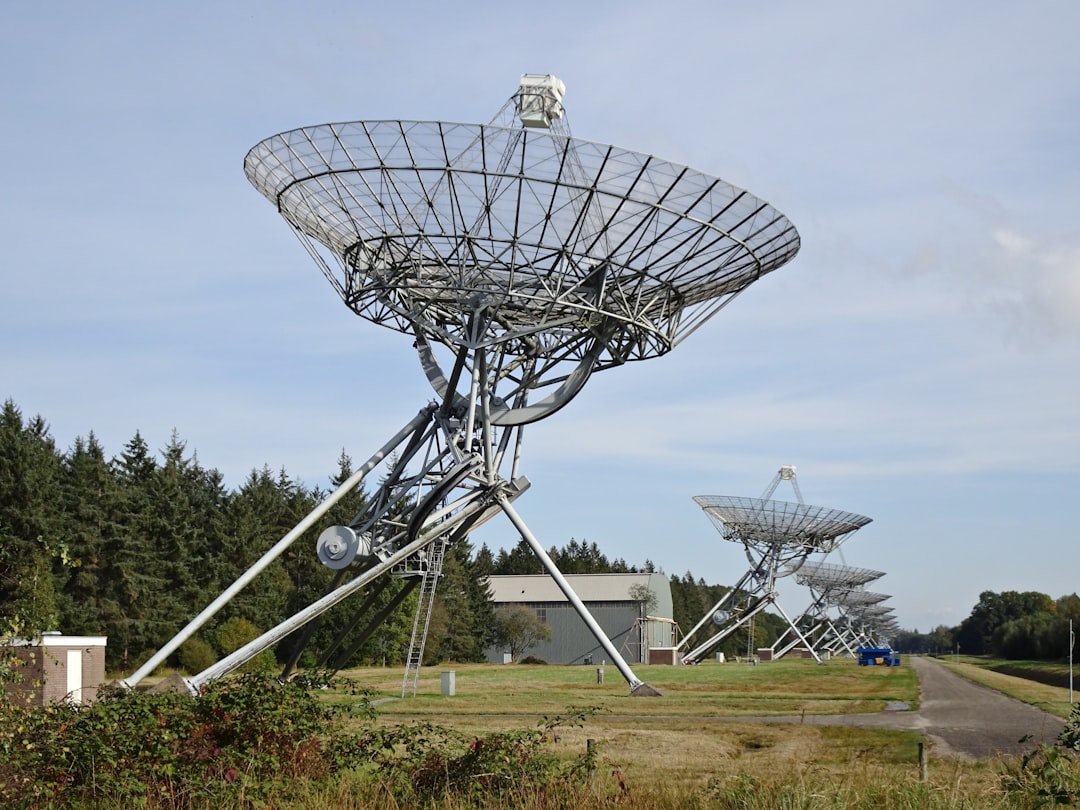What is it about?
This study introduces a comprehensive theory to elucidate the sound reduction phenomenon in side-branch resonators, approached from an energy perspective. This theory meticulously analyzes the distribution of kinetic and potential energy within traveling and standing sound waves. It reveals that in a unit of air medium, the kinetic and potential energies of a traveling wave are consistently equal, underscoring the dynamic transfer of motion and energy during wave propagation, which results in varied energy distribution along the wave path. Our theoretical framework offers a comprehensive method to understand noise reduction in resonators from an energy perspective, aiding researchers in grasping the energy conservation aspect of destructive interference caused by resonator standing waves.
Featured Image

Photo by Pawel Czerwinski on Unsplash
Why is it important?
This theoretical framework offers a comprehensive method to understand noise reduction in resonators from an energy perspective, aiding researchers in grasping the energy conservation aspect of destructive interference caused by resonator standing waves.
Perspectives
This theory offers a unified explanation for the mechanism of diverse types of resonators, unified through the fundamental concept of energy conservation. It elucidates how standing wave-induced acoustic energy redistribution leads to a phase shift in sound waves, resulting in destructive interference after sound waves pass through a side-branch resonator.
Dr. Jiaming Li
Rutgers University New Brunswick
Read the Original
This page is a summary of: Sound reduction of side-branch resonators: An energy-based theoretical perspective, AIP Advances, March 2024, American Institute of Physics,
DOI: 10.1063/5.0202598.
You can read the full text:
Resources
Contributors
The following have contributed to this page










